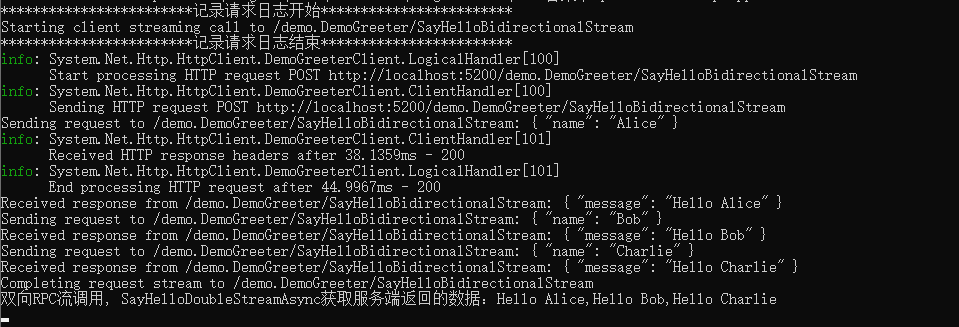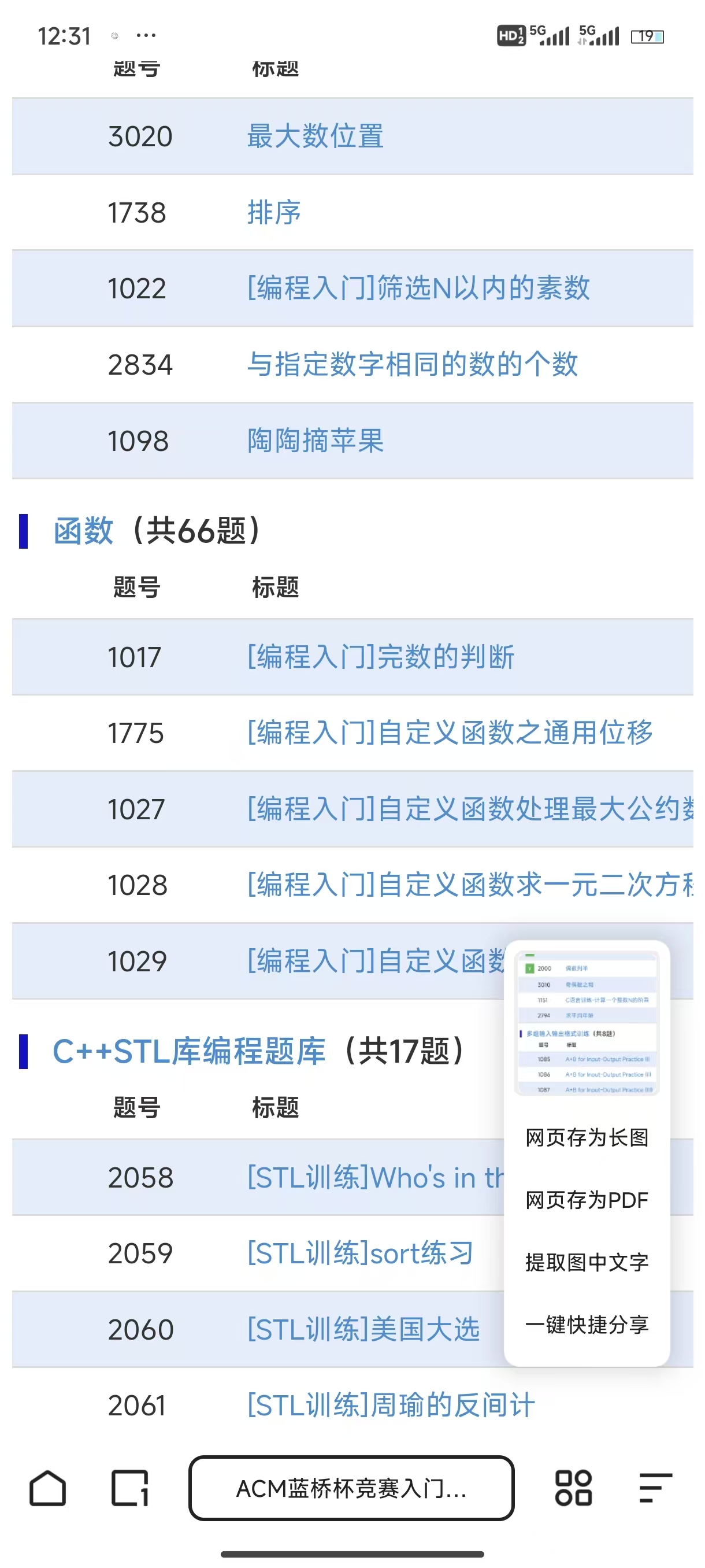es6异步 promise 链式调用 是对回调炼狱的一种优化
这次梳理一下async await
async function fetchData() {const response = await fetch('https://api.example.com/data');const data = await response.json();return data;
}// async 声明这是一个异步函数
// await 会暂停函数的执行
// 等待promise执行完成后 恢复函数的执行
最开始 分析一下yield 写一个yield 函数 分析一下 他和async await 之间的关联 相通处 怎么使用
function* generatorFunction() {console.log("开始");yield "第一个值"; // 暂停执行并返回 "第一个值"console.log("继续");yield "第二个值"; // 暂停执行并返回 "第二个值"console.log("结束");
}// 创建生成器
const gen = generatorFunction(); // 类似于声明一个async 函数// 第一次调用 next(),开始执行
console.log(gen.next()); // 输出: { value: '第一个值', done: false } // 第二次调用 next(),恢复执行
console.log(gen.next()); // 输出: "继续" 以及 { value: '第二个值', done: false }// 第三次调用 next(),继续执行到结束
console.log(gen.next()); // 输出: "结束" 以及 { value: undefined, done: true }// gen.next() 明确告诉生成器 可以进行下一步了
// 这个过程很像 拿到数据后的回调操作

这类我尝试了很久 我发现写不出来的原因就是 next可以传参 去改变yiled值 这个特性太强大 没这一步 async 写不出来
所以先写一个简化版的async函数
async function fetchData() {const response = await fetch('https://api.example.com/data');return response;
}function* generatorFunction() {const p = fetch('https://api.example.com/data')const data = yield preturn data
}
const gen = generatorFunction()
gen.next().value.then(res=>{gen.next(res)
})再写一个复杂版本的async函数
function fn(val) {return new Promise((resolve, reject) => {setTimeout(() => {resolve(val * 2)}, 1000)})}
async function test(){const response1 = await fn(1)const response2 = await fn(response1)const response3 = await fn(response2)return response3
}
test()function* generatorFunction() {const response1 = yield fn(1)const response2 = yield fn(response1)const response3 = yield fn(response2)return response3
}
const gen = generatorFunction()
gen.next().value.then(res1 => {console.log(res1)gen.next(res1).value.then(res2 => {console.log(res2)gen.next(res2).value.then(res3 => {console.log(gen.next(res3))})})
})// 在之前的基础上 封装一个模板 并返回 Promise
function fn(val) {return new Promise((resolve, reject) => {setTimeout(() => {resolve(val * 2)}, 1000)})}function* generatorFunction() {const response1 = yield fn(1)const response2 = yield fn(response1)const response3 = yield fn(response2)return response3
}
const myAsync = function (){const res = new Promise((resolve,reject)=>{const gen = generatorFunction()gen.next().value.then(res1 => {console.log(res1)gen.next(res1).value.then(res2 => {console.log(res2)gen.next(res2).value.then(res3 => {resolve(gen.next(res3).value)})})}) })return res
}
const test1 = myAsync()
async/await版本
async function asyncFn() {const num1 = await fn(1)console.log(num1) // 2const num2 = await fn(num1)console.log(num2) // 4const num3 = await fn(num2)console.log(num3) // 8return num3
}
const asyncRes = asyncFn()
console.log(asyncRes) // Promise
asyncRes.then(res => console.log(res)) // 8
https://juejin.cn/post/6844904096525189128?searchId=20250328224942ADA66AC621F51E937D30#heading-5
https://juejin.cn/post/7007031572238958629?searchId=20250328224942ADA66AC621F51E937D30#heading-12











